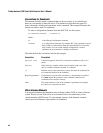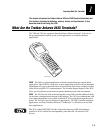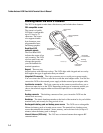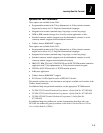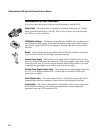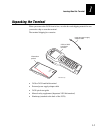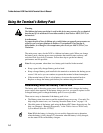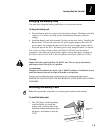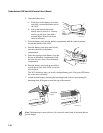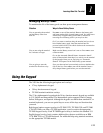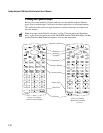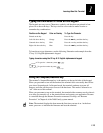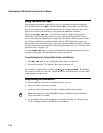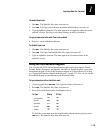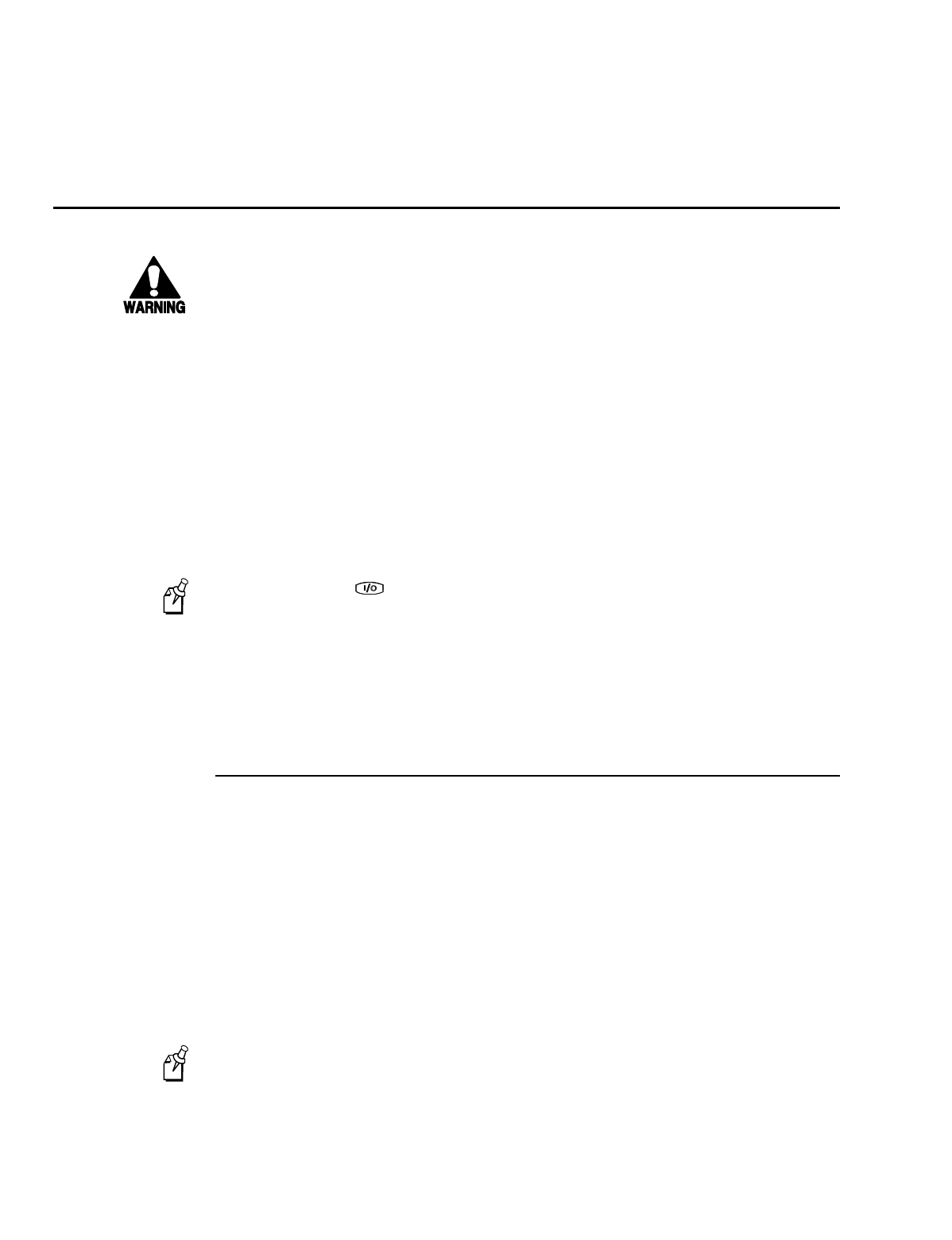
Trakker Antares 243X Hand-Held Terminal User’s Manual
nugget
39
1-8
Using the Terminal’s Battery Pack
Warning
The lithium-ion battery pack that is used in this device may present a fire or chemical
burn hazard if it is mistreated. Do not disassemble it, heat it above 100ºC (212ºF) or
incinerate it.
Avertissement
Le paquet de piles d’ions de lithium qui est utilisé dans cet appareil peut presenter un
risque feu ou un risque chimique de brûlure s’il est maltraité. Il ne faut pas le
désassembler, le réchauffer à une température plus élevée que 100
o
C (212
o
F) ou
l’incinérer.
The main power source for the 243X is a lithium-ion battery pack. When you change
the battery pack, a backup power source maintains the terminal status, memory, and
real-time clock for at least 15 minutes. Follow these tips to get the best battery
performance and life possible:
Note:
Do not press when there is no battery pack installed in the terminal.
•
Keep a spare, fully charged battery pack on hand.
•
Keep a charged battery pack installed in the terminal to maximize the backup power
source’s life and so you can continue to operate the terminal without interruption.
•
If the terminal turns off due to a low battery, do not turn the terminal back on.
Replace or charge the battery pack before you continue using the terminal.
Determining When the Battery Pack Is Low
The battery pack is the main power source for the terminal, and it charges the backup
power source when required. If the battery charge goes low, you need to replace it with
a charged battery pack or charge the battery pack as soon as possible.
There are two ways to determine if the battery pack is low:
•
The Battery status icon turns on and the terminal beeps once every 15 seconds. For
help using the status icons, see “Learning About the Status Icons” on page 1-18.
•
Check the status of the battery pack using the Battery/PIC Status diagnostic test. For
help, see Chapter 4, “Running Diagnostics,” in the Trakker Antares 2400 Family
System Manual (Part No. 071389).
Note:
While the battery is charging, do not use this diagnostic test to determine
when the battery is fully charged. To determine when the battery is fully charged,
use the status LEDs on the battery chargers.



